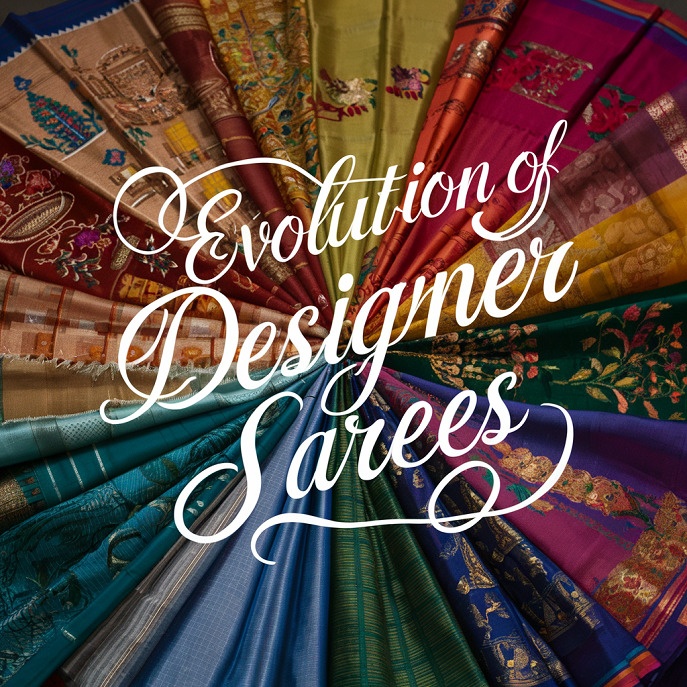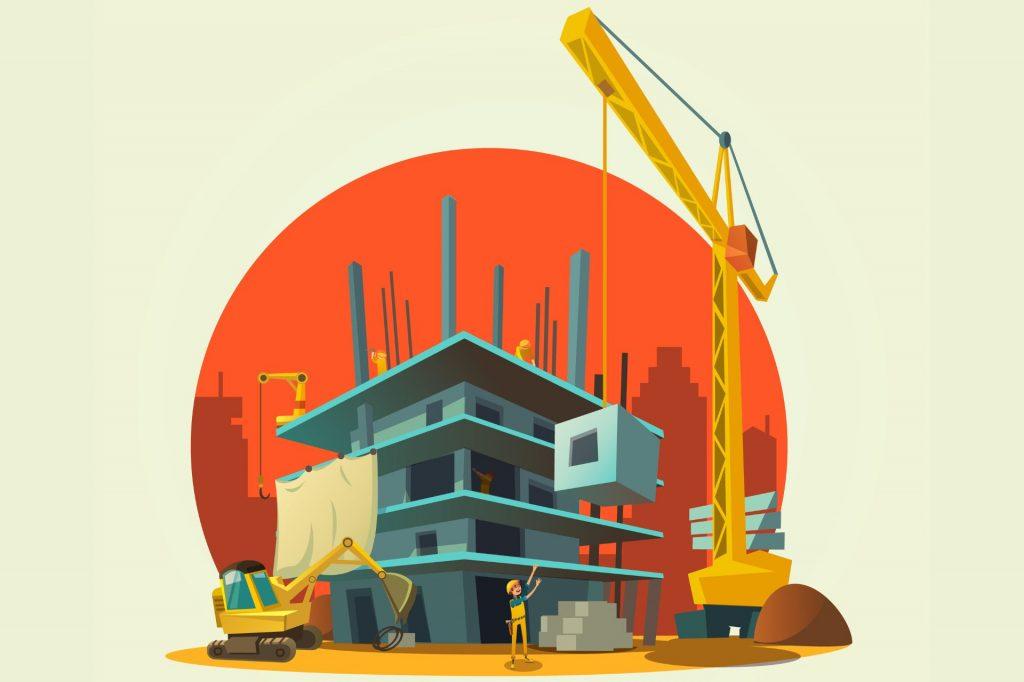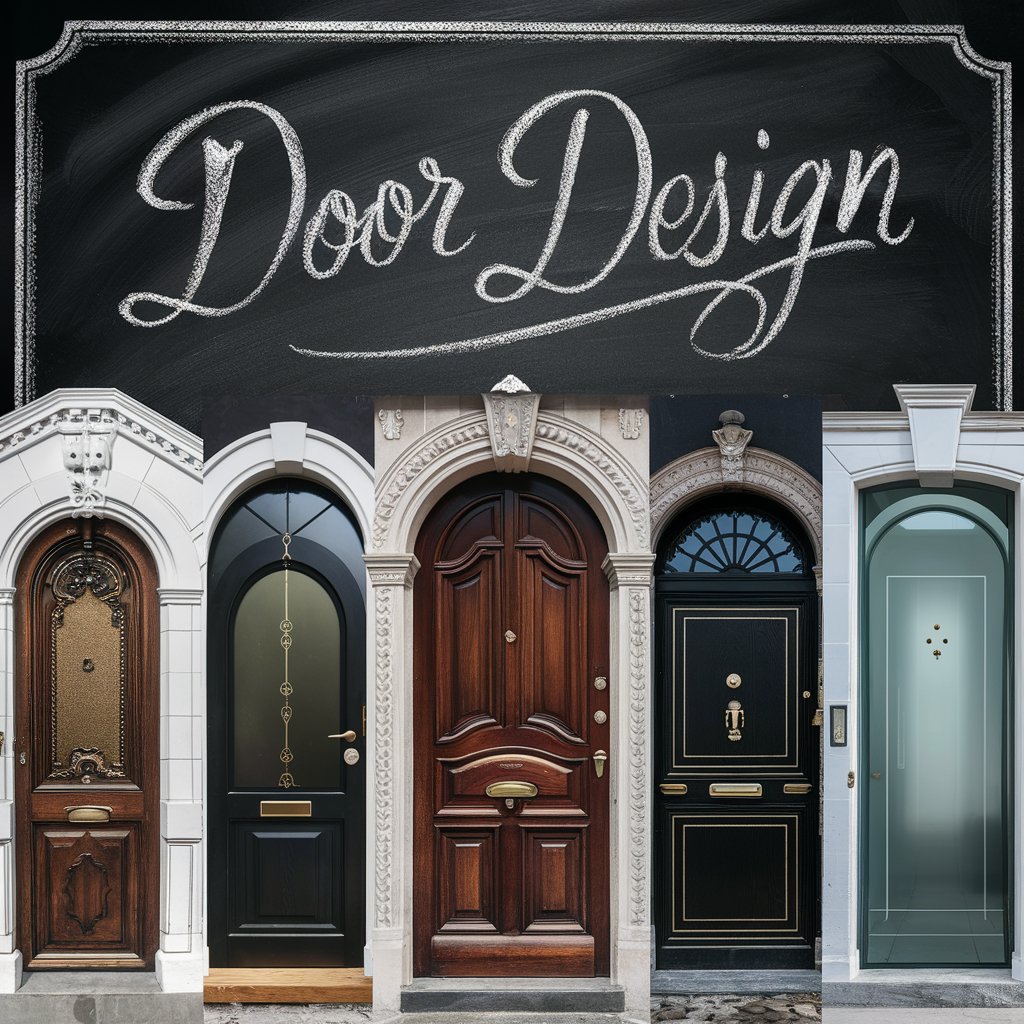Sarees, a traditional garment women wear in South Asia, have evolved significantly over the centuries. Originally a simple cloth draped around the body, the saree has transformed into a fashion statement, incorporating traditional and contemporary elements. This evolution reflects changes in cultural, economic, and social landscapes. So, this blog will explore how designer sarees for women have transitioned from their traditional roots to embrace contemporary designs.
Historical Roots
The history of the saree dates back over 5,000 years in the Indian subcontinent. Traditionally, these were made from locally sourced materials like cotton or silk and were draped in styles that varied between regions. The designs were generally simple and functional, suited to the lifestyles and climates of the wearers. Embellishments, when used, often had cultural or ceremonial significance.
Influence of Royal Patronage
During the medieval period, sarees began to appear as a symbol of status and wealth, particularly under the patronage of royalty. Silk ones with gold and silver threads, known as ‘Zari,’ became popular among the elite. The craftsmanship involved intricate handwork and detailed designs influenced by the art and architecture of the time. This period marked the beginning of the outfit as a canvas for artistic expression.
Colonial Impact and Fabric Innovation
The arrival of the British in India introduced new textile technologies and materials, significantly impacting the designs. Machine-made fabrics became accessible, and new dyes allowed for a broader range of colors. The blend of Eastern and Western fashion during this period led to innovative designs, such as introducing embroidered motifs and blended fabrics, which were lighter and more versatile.
Post-Independence Renaissance
After India’s independence in 1947, there was a resurgence of interest in traditional crafts, including saree making. Designers began experimenting with traditional and modern techniques to create unique pieces. This period saw the rise of boutique shops and designers who specialized in blending conventional motifs with contemporary aesthetics. The use of handlooms and traditional techniques like block printing, Bandhani, and Kalamkari experienced a revival during this period.
The Contemporary Designer Saree
Nowadays, designer and stylish sarees for women are a fusion of global fashion trends and traditional Indian designs. Designers experiment with various fabrics, from conventional silks to modern georgettes and chiffons. Contemporary designs include digital prints, 3D embroidery, and unconventional drapes. The modern wearer often pairs these designs with crop tops and peplum blouses instead of the traditional blouse, reflecting global fashion trends.
Revival of Heritage Crafts
There has been a growing emphasis on sustainability in fashion in recent years. This has renewed interest in organic fabrics and traditional handloom sarees. Designers are actively partnering with local artisans to craft sarees that both preserve and highlight India’s extensive heritage of textile arts. They often incorporate eco-friendly dyes and sustainable materials, appealing to environmentally conscious consumers.
Fusion with Global Fashion Trends
As globalization has bridged cultures, the saree has embraced influences from everywhere, leading to a perfect blend of Eastern and Western design elements. This fusion is evident in incorporating styles like pleated skirts, belt details, and structured draping that mimic Western silhouettes while maintaining the essence of the traditional outfit.
The Role of Online Retail
The rise of online retail has profoundly impacted the industry, making designer sarees for women more accessible to a global market and introducing a broader audience to a range of styles from different regions of India. E-commerce platforms have enabled designers to reach customers beyond their geographic limitations, fostering a new period of design that caters to traditional tastes and contemporary aesthetics.
The saree has continually adapted to the times while maintaining its essence as an emblem of Indian culture. From the royal courts of ancient India to the present fashion runways, it remains a beloved garment that celebrates tradition and innovation. As fashion continues to change, the designer outfit will undoubtedly continue to embrace new trends, techniques, and materials, ensuring its place both in the wardrobes of the modern woman and in the annals of cultural heritage.






